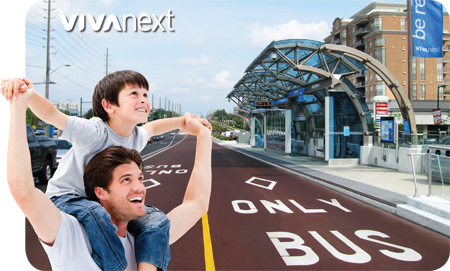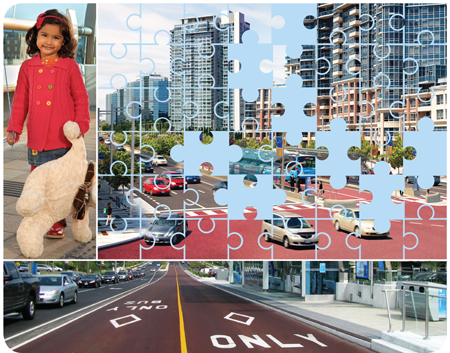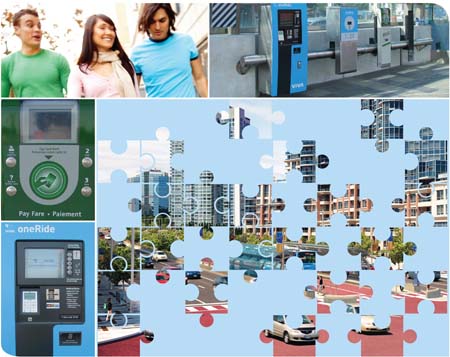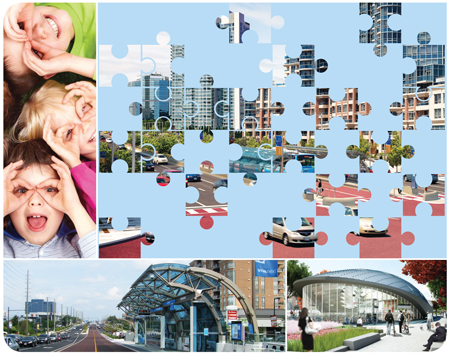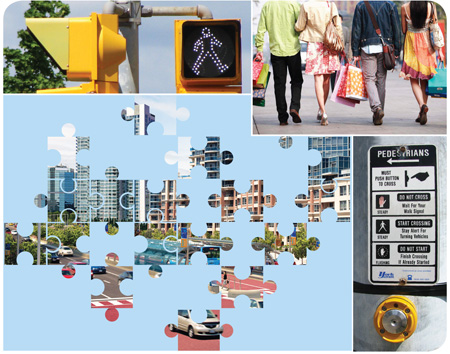Transit is a top story in the news these days, in Toronto, across the GTHA, in fact all across the country. And with good reason: the links between the availability of well-planned transit and our ability to sustain our quality of life are well documented. But the discussion about transit is still confusing for many people, with so many different positions being put forward on how transit should be planned, the merits of different forms of transit, and how to pay for it all. Meanwhile, gridlock across the GTHA is getting worse. To ensure we don’t fall farther behind, important decisions have to be made soon about the future transit network in the GTHA.
Fortunately, a significant amount of new transit is already being built across the GTHA including our vivaNext BRT routes and the extension of the Spadina subway up to Highway 7. But there are a large number of important transit projects, including parts of the vivaNext system such as the extension of the Yonge Subway, which remain unfunded. Building a connected network across the GTHA, and completing the vivaNext parts of the system in York Region, needs to be a top priority for us all.
To help bring some clarity to the discussion, a newly-established advisory panel in Ontario has been set up to look at the future of transit in the GTHA. The panel’s mandate is to help Ontario make the right decisions about what transit projects get funded in the GTHA, and how to pay for them.
Getting input from the community is a priority for the panel, and they will be providing a series of discussion papers to help people become better informed. These papers will be well worth reading for anyone who has an interest in the future of transit across the GTHA.
Here’s a link to the new advisory panel’s site, www.transitpanel.ca which includes the first of several discussion papers. Over the next few weeks, the panel is also going to be collecting input from the public, business and key stakeholders. There are a number of ways that you can provide input to the panel. You can mail, email, and provide input online or by attending one of the public meetings. Four meetings will be held across the GTHA, including one in Vaughan.
The more people who participate in this discussion, the better: it affects us all, whether we live in suburban areas or downtown, and whether we’re transit users or drivers. The decisions that need to be made soon about what transit will be built, and how it will be paid for, will shape the quality of life across the GTHA for generations.
VivaNext is proud of what we’re building in York Region, but ultimately the strength of our system depends on being part of a great regional network. So please check out the panel’s website, read their papers, and have your say.



